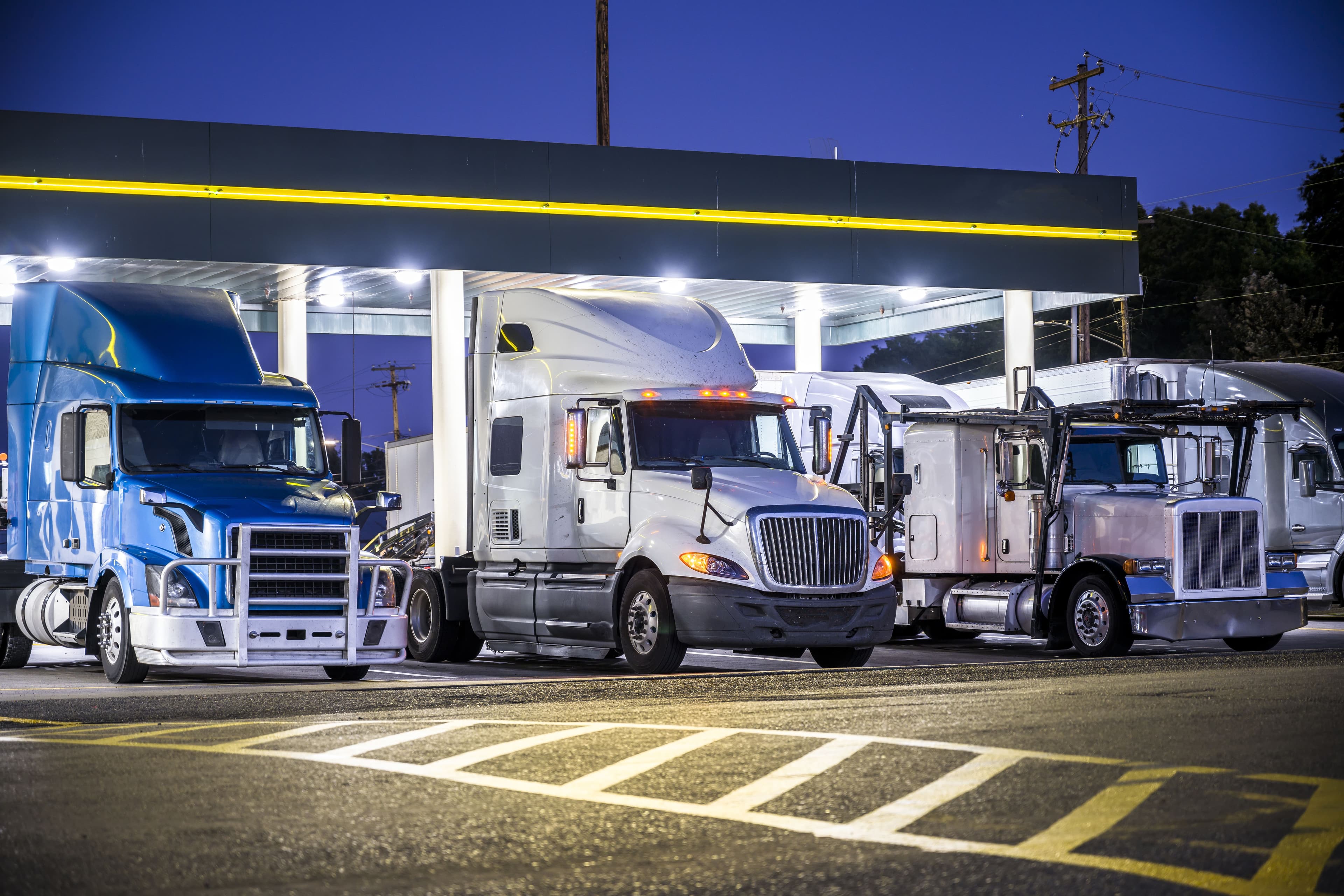Breakthrough’s Capac-ID Methodology

Trending
Top Posts
5 min read
August 10, 2018

Share:
Table of contents
Browse the table of contents to jump straight to the part you’re looking for
November 2017 marked California’s implementation of a state-wide fuel tax amendment, raising the diesel excise tax 20 cents per gallon, in addition to a 4 percent sales tax increase. The approximately 30 cents per gallon change was instituted to fund reconstruction of the state’s neglected transportation infrastructure, with $130 billion in backlogs for highway, road, and bridge projects. As of November 1, 2017, the additional tax revenue from the corresponding Senate bill will equate to approximately $52 billion over the next ten years. The chart below illustrates the price behavior before and after the November 2017 fuel tax amendment. Average diesel prices within the shown timeframe increased roughly 75 cents per gallon, as prices moved in tandem with the overall national trend. Additionally, the 30 cents per gallon tax increase further exposed the growing per-gallon diesel cost.

The enforcement of last year’s tax levy proved a contentious topic among California residents. With speculation that the additional tax funds were being utilized for reasons unrelated to the state’s infrastructure plans, a recent initiative to revoke the tax changes gained enough support to qualify for repeal on the state’s upcoming November 6, 2018 ballot. If the repeal is successful, future increases to state taxes must be approved by voters – a notion unfamiliar to California residents. Early polls indicate the majority of individual voters favor the repeal, yet opinions differ depending on geography. Though much can change by November, early estimates predict $50-$75 million will be allocated to the campaign efforts, as the tax repeal will be used to drive voter turnout for the gubernatorial election.
The LCFS program, started in 2009, set ambitious targets to reduce the lifecycle carbon intensity (CI) of the state’s fuel mix approximately 10 percent by 2020. As part of the LCFS program, fuel importers have the liberty to purchase or produce fuels of low carbon intensity to later blend with conventional fuels. LCFS credits can also be purchased from producers of alternative and renewable fuels to stay compliant with their carbon intensity score. The chart below highlights California’s targets for reducing carbon intensity through 2020. The yellow line indicates compliance has met or exceeded imposed targets through 2017, though loftier ambitions in the coming years could create compliance complications. Initial CI reduction goals, as depicted by the gray bars below, received legislative pushback that led to setting more attainable targets throughout the program’s longevity. The California Air Resources Board is currently preparing to extend the LCFS program through 2030.

Carbon intensity pathways create the foundation for the LCFS program, as each producer or importer of low CI fuels voluntarily files with the California Air Resources Board (CARB) to obtain a credit generation score. A score is assigned to each individual pathway, ultimately dictating the number of credits available for use or purchase should a buyer need additional credits to stay compliant with the LCFS mandate. With continuous lowering of the carbon intensity target leading up to year 2020, credit prices are predicted to rise, larger deficits for conventional fuels are likely, and credit generation is predicted to come to a halt to meet the upcoming annual targets.
As a result, demand for LCFS credits will soon outweigh supply, driving the price of the available credits upward. This, in turn, will create a growing on-cost for users of conventional fuels due to their required reliance on low CI producers who have credits available. Low CI credit holders will be able to create a price premium for their available credits, resulting in higher prices for conventional fuels, such as diesel, and a growing financial inventive for use of low carbon or renewable fuels. In the last quarter of 2017, demand for LCFS credit began to outweigh supply and the program credit bank leveled, creating strong speculation that we are in the beginning phases of an overhaul to California’s conventional fuel prices.

While much attention is allocated to the uncertain future of California’s fuel taxes, additional upstream costs derived from the LCFS program will likely drive the price of high-carbon fuels upward in the near term. Current weekly average LCFS prices hover around $190 per metric ton of CO2, creating a roughly 13 cents per gallon upstream price premium on conventional fuels. Assuming available credits continue falling and credit prices continue climbing, additional costs will be incorporated into upstream production, with likelihood of adding premiums similar to those observed under the current fuel tax structure.
California’s revamped state fuel tax program may be repealed, but the underlying implications of the LCFS program have potential to soon influence the same magnitude of price impact on high-carbon fuels. California’s widespread consumption of biodiesel, renewable diesel, and renewable natural gas have recently grown at a greater pace than the national average. The ability to execute a well-planned energy management strategy will be the difference between capturing the financial and sustainability benefits of a low-carbon supply chain or falling victim to the increasing cost of carbon.
For more information about California’s LCFS program and its impact on conventional fuels, contact us directly.

5 min read
January 7, 2026
Learn how to negotiate better fleet fuel discounts with proven strategies from industry-leading leaders. Optimize your fuel card program and leverage market insights to reduce costs.
Read more
7 min read
January 5, 2026
Recent events in Venezuela haven't spiked crude oil prices. Learn why ample global supply and market fundamentals are keeping fuel costs steady for shippers.
Read more
5 min read
January 2, 2026
Stay ahead of Q1 2026 diesel fuel tax by state adjustments. See how changes in states like MI and NJ will impact your transportation spend.
Read more